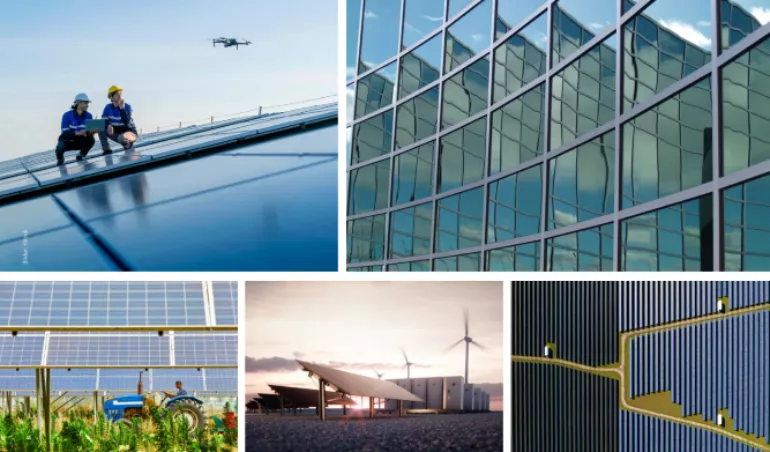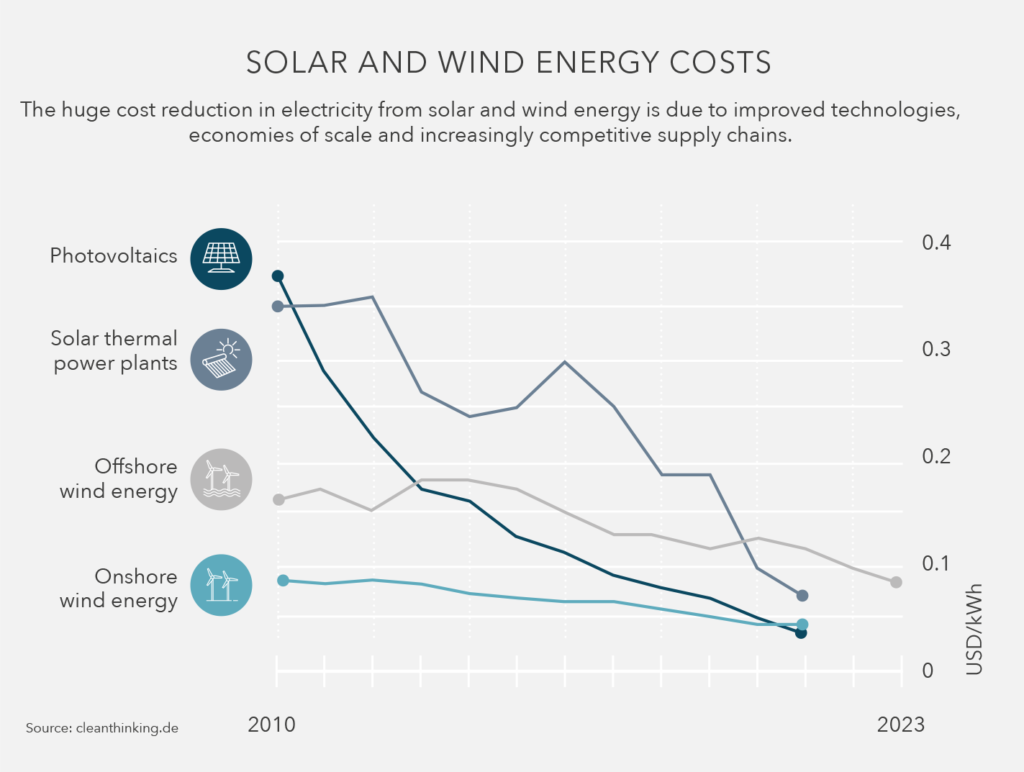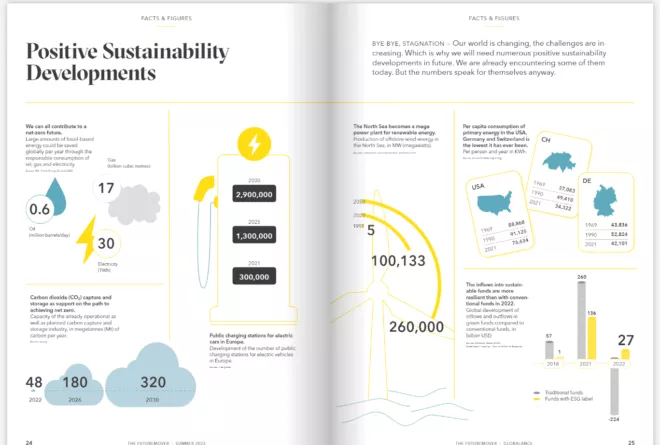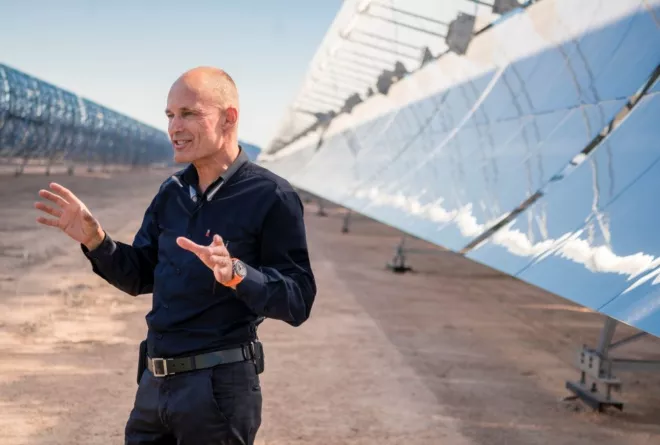News & Trends
How Can We Manage the Energy Transition?

ENERGY (IN)SECURITY – What was barely an issue a few months ago is on everyone’s mind today: our dependence on fossil fuels and the slow and reluctant expansion of renewable energy sources. How the course can be reset.
We have already experienced quite a few energy transitions through history. From traditional biomass to coal and oil, and then nuclear power. The change to an environmentally-friendly energy system based on renewable energy sources sounds feasible in principle. In light of recent developments, the only question is: How quickly?
We Don’t Have Time to Take Our Time
20 years ago, fossil fuels accounted for 87 percent of total consumption. In 2022, it is still 83 percent. Canadian energy professor and author Vaclav Smil never tires of pointing out this reality. Which is why he asks himself: “How are we supposed to get to zero within the next 30 years?” This is the crucial question with regard to the ambitious net zero targets. According to Smil, we should not spread calculated optimism nor succumb to apocalyptic pessimism.
But the pace of this transition should be picked up, especially in light of advancing climate change. This is because global warming depends on our carbon emissions, 85 to 90 percent of which still come from burning fossil fuels. A rise of global temperatures of more than 2 °C would already have devastating consequences: food insecurity, water scarcity, poverty, extreme weather events or effects on human health. However, the transition to a sustainable energy system will be very challenging, as a much bigger change is required than the planned policy currently envisages.
Are Subsidies Slowing the Energy Transition Down?
63 percent of the G20’s public energy financing from 2019 to 2020 went to fossil fuels. According to an analysis by the OECD and the International Energy Agency (IEA), subsidies even almost doubled in 2021. In 2022, the Group of Twenty most important industrialised countries also significantly increased their financing activities — Russia’s invasion of Ukraine has further exacerbated the situation in the short term. Despite recent progress in renewable energy sources, these subsidies are slowing down the pace of the energy transition.
Subsidies for fossil fuels almost doubled from 2021 to 2022.
It Takes More than Just a Few Wind Turbines
Since the start of the war in Ukraine, the EU has generated more wind and solar power than ever before. The fact is: the price of solar power has fallen by 80 percent in the last 10 years. Solar energy reached the kind of low prices in 2020 that experts like Ramez Naam would not have expected before 2035. So it is becoming increasingly cheaper to build solar power plants than it is to build power plants that burn fossil fuels.
However, the solution will not lie in simply replacing everything we have so far generated with coal and gas with wind and solar power. The simplest explanation for this claim is the fact that our electricity demand will reach new dimensions in the future — for example, through heat generation or transport. In addition to political will and social acceptance, technical solutions such as Power-to-X, demand side management or smart grid are needed for energy storage, control and conversion. A more efficient use of the surplus power produced will be an indispensable requirement of the energy management of the future.

A pioneering spirit is also still called for. The Swiss start-up Insolight, for instance, could solve several problems using innovative solar cells. The spacesaving solar modules are mounted over agricultural areas, serve as shading systems and hail protection, and simultaneously generate electricity. 25 percent of continental electricity consumption could be covered if just one percent of European agricultural land was equipped with agrivoltaics.
100 Percent Renewable Energy Sources – All a Question of Price?
An energy system based 100 percent on renewable energy sources has now become the scientific mainstream. Professor Christian Breyer of LUT University in Finland recognises a rapidly growing number of researchers who believe this much cheaper scenario will be feasible by 2050. According to Brian V. Mathiesen from Aalborg University, new investments in fossil fuels must now be stopped so that we can focus on creating smart energy systems.
The capital and financial markets also play a key role here. This is because the capital costs for building the low carbon infrastructure are already several percentage points lower than for a coal-fired power plant, for example. This justifiably raises hopes that the energy transition will succeed by 2050.
THE GLOBALANCE VIEW
The climate crisis is becoming increasingly relevant to the financial market: from a risk perspective, it is important to avoid sectors or companies that contribute significantly to the climate problem or are dependent on fossil fuels. These sectors are increasingly coming under political, social and economic pressure. We will not achieve the necessary transformation with just marginal adjustments. Regulatory changes that are obviously necessary must come from politics, while companies must also commit to universal, binding measures. What we need are subsidies for clean technologies instead of lobbying and misguided support. Globalance focuses on promising companies that develop innovative products or services in the areas of energy efficiency, renewable energy infrastructure, smart energy distribution and storage, among others.
For more insights on megatrends, please find the latest edition of our magazine ”futuremover”.


